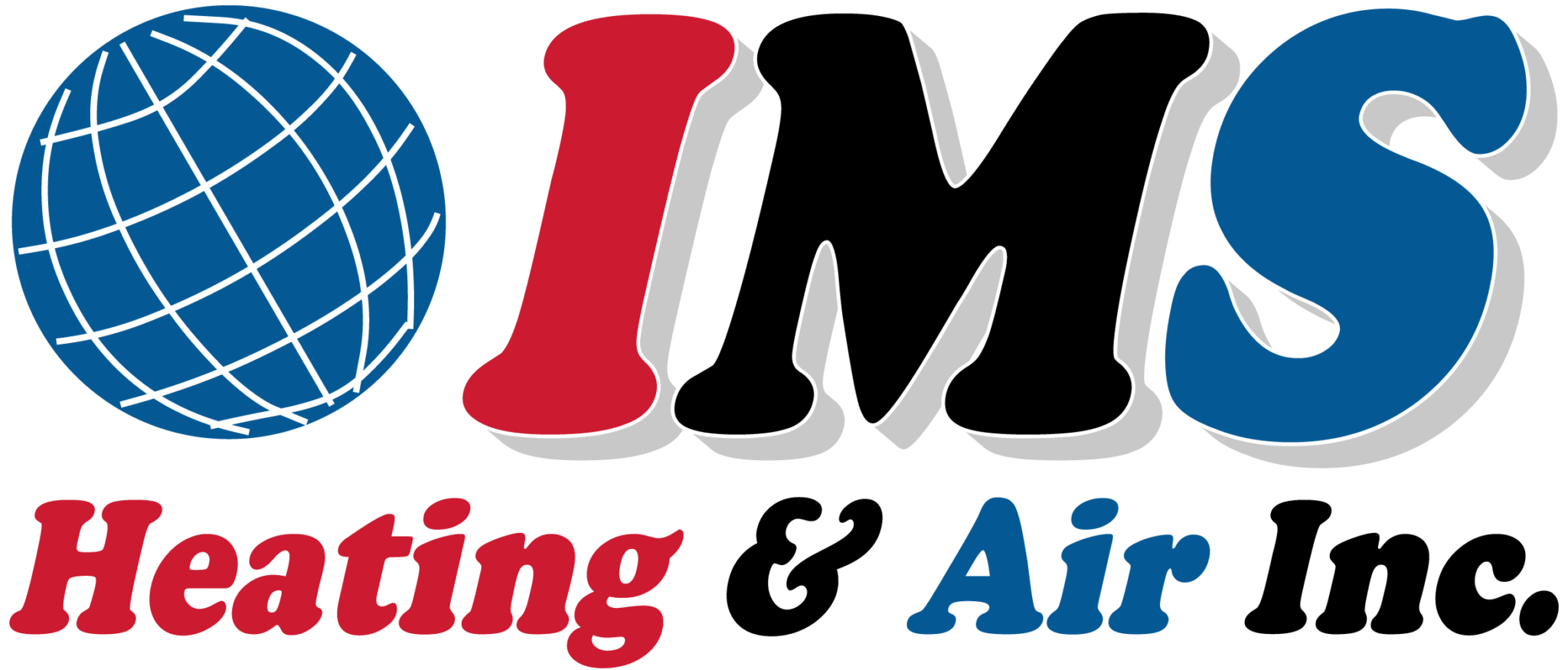Do You Need a Furnace Humidifier for Your Home?
If the air in your home is too dry or too humid, there can be a wide range of negative effects. The EPA recommends indoor relative humidity levels in the range of 30 to 50 percent. Unfortunately, several factors can cause indoor humidity levels to fall below this comfortable range.
A whole-house furnace humidifier could be a great way to avoid the downsides of dry indoor air. This guide will help you understand if you need a furnace humidifier for your home and explain a few facts about humidifiers that every homeowner should know.
Causes of Dry Indoor Air
Indoor humidity problems often start because of drafts or gaps in the building’s insulation. When dry air problems appear, it may be time to schedule an inspection for your home’s insulation. Drafts have a big impact on indoor humidity because they let cold, dry air enter from outside while also allowing conditioned indoor air to escape.
Another possible cause of low humidity is removing moisture from the air more quickly than it can be restored. Ovens and other heat-generating appliances as well as air conditioning all reduce the moisture in your home’s air through normal operation. Overuse of exhaust vents and other forms of ventilation may be another contributing factor.
The Effects of Low Humidity
Colder air holds less moisture than warmer air at the same volume. This is why dry air is a common problem in the winter months. If you experience annoyances like dry skin or sinus irritation when winter hits, your home likely has a problem with humidity.
Dry indoor air can even make it more likely that people in your household get sick. Mucous membranes in the sinuses and respiratory system rely on moisture to trap airborne viruses and bacteria that could cause illness. When the humidity in your home is low, these mucous membranes lose moisture and cannot protect you as effectively.
In addition to the potential health effects of low humidity, you should be aware of the damage it can cause to your home. Dry air pulls moisture out of your home’s wooden frame, which can cause it to warp and shift. This may create drafts around your doors and windows that can harm energy efficiency and drive your home’s humidity even lower.
Whole-House Furnace Humidifiers
A furnace humidifier is an add-on product that integrates with your furnace and air ducts to humidify the air circulated by your HVAC system. As the name implies, whole-house furnace humidifiers add humidity to the air in every room of your home. These units are popular because they ensure uniform comfort with no extra steps from the homeowner.
There are three primary types of furnace humidifiers: flow-through, drum or reservoir, and steam humidifiers. Flow-through humidifiers use a continuous drip of water on the evaporator pad to moisten the air, while drum-style humidifiers hold water in their reservoir at all times. Steam humidifiers contain electric heating elements that add moisture to the air by heating water to create steam.
Installing a furnace humidifier is a technical job that should be left to a qualified HVAC contractor. The installer will need to cut holes in the cold air return duct to install the humidifier and humidistat. The next step is running water and power to the unit. An HVAC technician can perform these steps for you and test the humidifier to ensure it is performing effectively.
With modern HVAC technology, dry indoor air isn’t a problem anyone has to live with. Call the friendly team at IMS Heating & Air Inc. so we can help you achieve exceptional air quality and comfort in your home.





